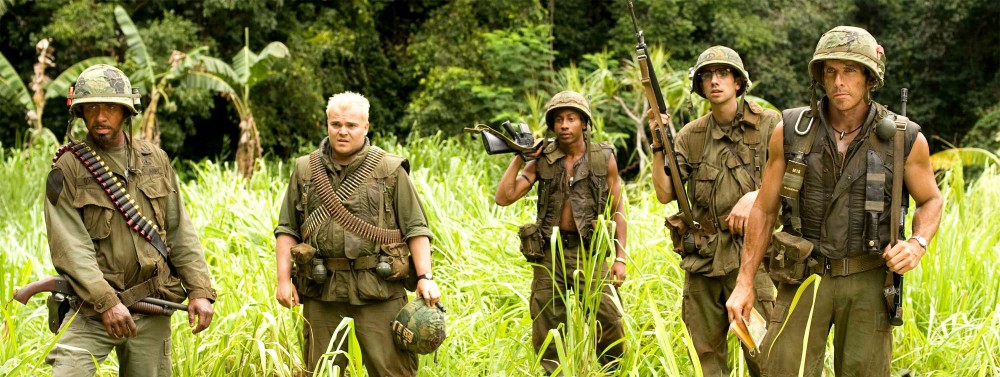Through the Olive Trees is a prime example of the Iranian New Wave in the sense that it has a small focus on children, we see traditional values play a role in the film, it’s film about filmmaking, poetry of everyday life through long shots, de-dramatization of actions, outdoor shooting and finally an exploration of Iranian Identity among others I am missing. Yet, because this film is so different than your typical Hollywood production it is difficult to maintain focus throughout the film. After primarily watching American/Hollywood productions for the last 20 some odd years I have become conditioned to expect an action packed film, or be laughing the whole time, or be deeply engaged by the plot, but Through the Olive Trees failed to capture any typical Hollywood elements. So how on earth am I going to be able to pay attention to a full length film that is at an extremely slow pace and lacks any action to say the least? By taking an empathetic approach to the film, I was able to associate with Hossein and this allowed me to engage in the film through his perspective.
In the beginning of the film, the lead male role in the film is occupied by another male other than Hossein, but due to a speech problem Hossein is given the role. This is where the first connection is made. Like Hossein, I myself have found myself falling into something simply out of good fortune or more so luck. It appears to be lucky that Hossein is given this role and especially because he now has a chance to woo the woman he is interested in. On the way to shoot the movie, the female driving Hossein is asking him if he remembers his lines and Hossein seems to not be focusing on what she is saying. He recites his lines, but clearly his mind appears to be elsewhere. As the movie goes on, I came to the conclusion that Hossein was thinking about Tahereh on the way to the film. As a straight male I could easily associate with Hossein and his clouded mind. I can recall multiple points in my life where I have had a female of interest on my mind which steered my focus away from what I was doing at the time. I’m sure I am not alone here, I would think all of us have let someone of interest come into our mind and distract us from what we are doing at the time. By making these connections, I was able to stay engaged during the film.
Yet the biggest connection I was able to make with Hossein was through the frustration of not being rejected, but being ignored to a certain extent. Throughout the film Hossein is extremely persistent with Tahereh, but she does not speak to him the entire movie. I felt myself getting frustrated for Hossein. Like him, I feel myself to be a determined individual and the fact that she was not accepting or rejecting him kept Hossein continuously pursuing her. If Tahereh would have rejected Hossein, it may have taken a couple times, but I think Hossein would have moved his attention elsewhere. It was this silence that drove him to slowly increase his persistence throughout the film. We can see Hossein becoming frustrated by begging Tahereh for an answer. From my perspective I do not see how one could not be extremely frustrated by this. If you want something bad enough, you will not give up without a definite answer and this is why the silence did not deter Hossein from Tahereh.
In the final scene, based on my interpretation we are finally given some closure to the love story of Hossein and Tahereh. Although the final scene is ambiguous, from my empathy with Hossein the final scene make perfect sense. First, he sets his things down to run after Tahereh. After what appears to be Hossein catching up with Tahereh, he later runs back. Hossein could have easily ran with the things he was carrying to begin with, so by setting them down they were clearly not important at the time. Finally, after the two meet up, Hossein is running back. I believe Tahereh has given him some sort of positive answer. After all the build up for Hossein, had he been rejected I think he would have been so devastated he would have left what he set down or he would have at least not ran back to it. By him running back, we get a sense of the energy in Hossein at the time implying some positive vibes.
When watching difficult films, outside our normal realm of expertise, I think it is helpful to pick out something you can associate with to remain engaged for the whole film. Like Professor Platt has said, most of these films our movies people wouldn’t watch unless in a class like this. It has been very helpful to me to pick out something or usually someone in the film I can make a connection to and let this guide my focus for the film. Hopefully this will help you with your future studies of film.
